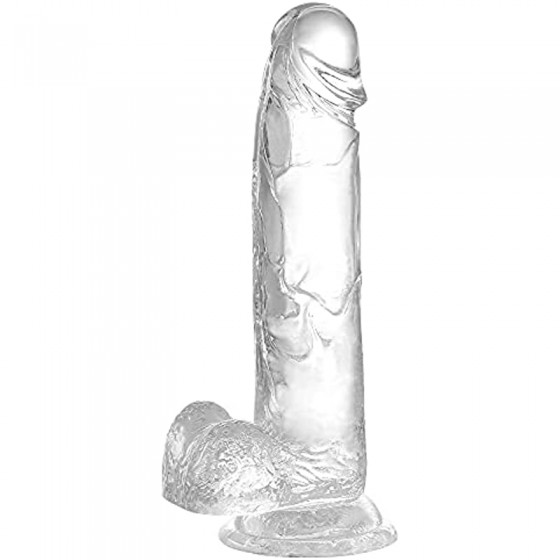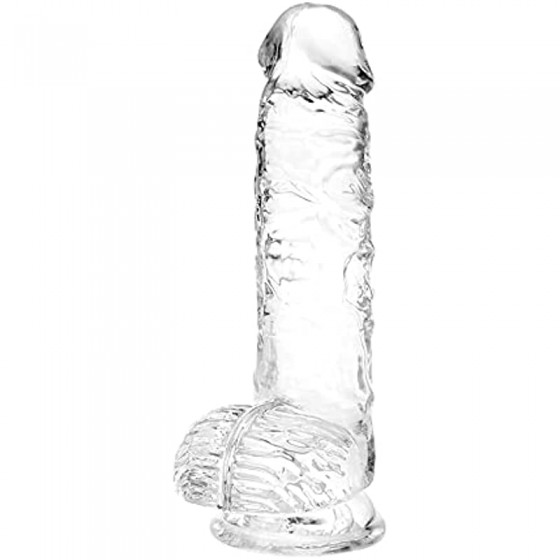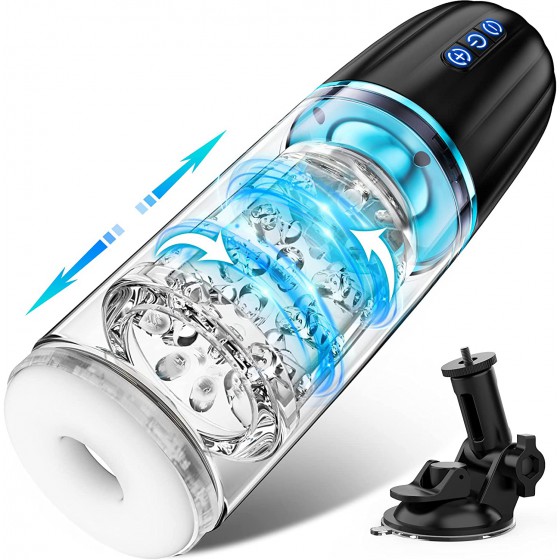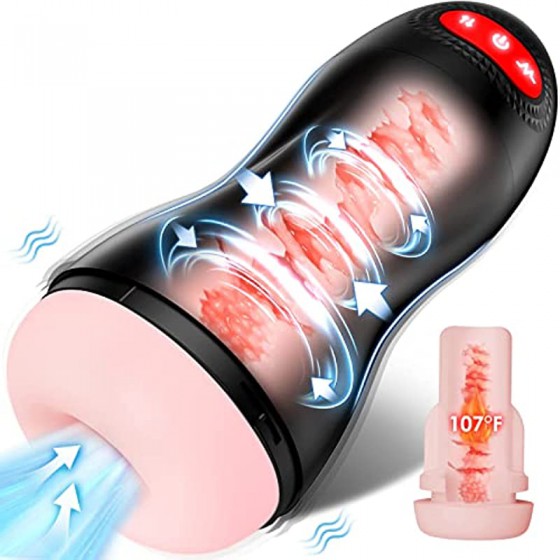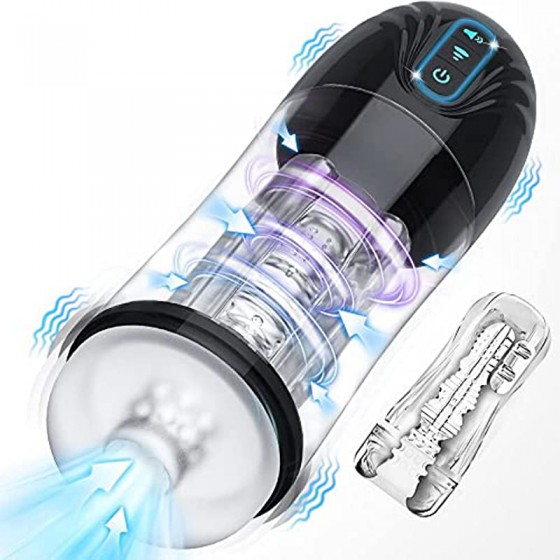Everything you need to know about pelvic inflammatory disease is covered in this article!
Pelvic inflammatory disease is a relatively common gynecological disease among women. It refers to the verification caused by pathogens invading the uterus, fallopian tubes and other tissues. But when the inflammation is limited to the fallopian tubes and ovaries, it is not pelvic inflammatory disease but adnexitis.
Who does pelvic inflammatory disease affect?
Pelvic inflammatory disease is most likely to occur in women whose menstruation is about to stop. Women with extremely high incidence rates are those who have had their rings inserted or who are very sexually active. If women are soaked in water for a long time and their immunity is not good. It is very likely that bacteria can take advantage of it, and retrograde infection can cause pelvic inflammation. For people who have had their uterus removed, pelvic inflammatory disease will not occur because there are fewer channels for infection.
Symptoms of chronic pelvic inflammatory disease
After suffering from pelvic inflammatory disease, there are generally no obvious systemic symptoms. There will be lower abdominal pain of varying degrees, sometimes severe and sometimes mild. Or there will be a feeling of bloating and pulling in the lower abdomen, and the symptoms will be more obvious before menstruation or after sexual intercourse. There may also be a sinking feeling in the abdomen as if defecation when going to the toilet, and there may also be increased leucorrhea, irregular menstruation, etc.
Chronic pelvic inflammatory disease examination items
1. B-ultrasound examination
The widening, thickening of the appendages on both sides, or the presence of inflammatory tumors can be investigated.
Who are the people who are at high risk of pelvic inflammatory disease? What is the reason for lower abdominal pain that is mild and sometimes severe? How to eat with chronic pelvic inflammatory disease
2. Hysterosalpinx lipiodol angiography
It can display the situation of fallopian tube obstruction, including the location and degree of obstruction, which is helpful for symptomatic treatment.
3. Histopathological examination
Under the microscope, a large amount of inflammatory proliferation can be seen in the examined tissue.
4. Other inspections
Routine blood tests, vaginal secretion tests, tumor marker tests, and polymerase chain reaction tests. In addition, colposcopy and laparoscopy are also helpful in diagnosing chronic pelvic inflammatory disease.
Dietary Instructions for Chronic Pelvic Inflammation
It is advisable to eat foods with anti-inflammatory effects; it is advisable to eat foods high in vitamin E; it is advisable to eat foods rich in protein. For example:
1. Duck eggs
Cold foods have a direct inhibitory effect on inflammation and can promote the dissipation of the heat of inflammation. Thereby promoting the recovery of inflammation.
Eating suggestions: 2-3 steamed and eaten.
2. Quail
It is rich in animal protein and can be used in conjunction with plant protein to promote the dissipation of tissue inflammation.
Eating suggestions: Steam and eat 10 pieces.
3. Milk vetch
It has the effect of increasing tissue immunity, thereby promoting the dissipation of inflammation and conducive to the elimination of infectious diseases.
Consumption suggestion: 200g stir-fried and eaten.


